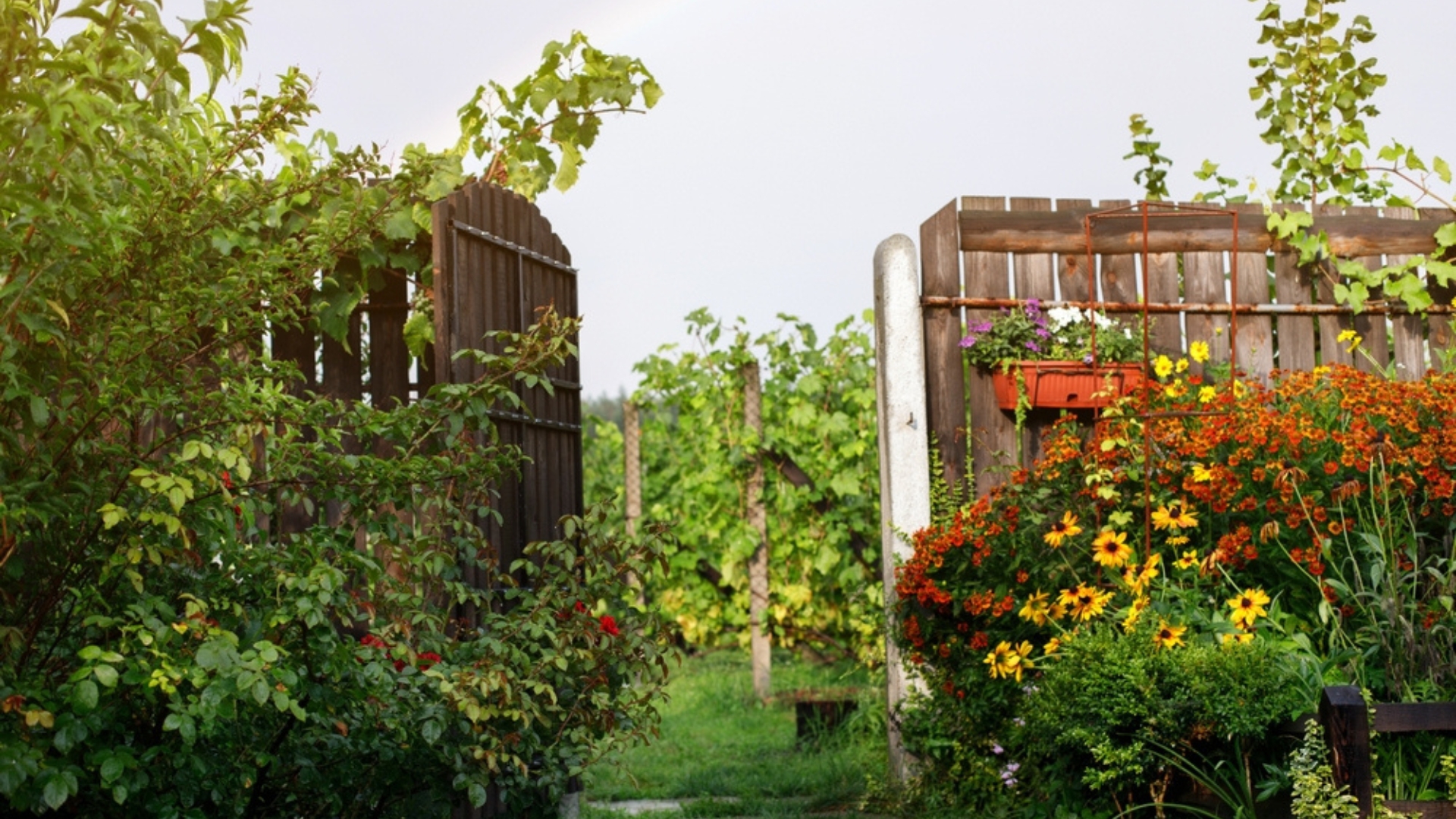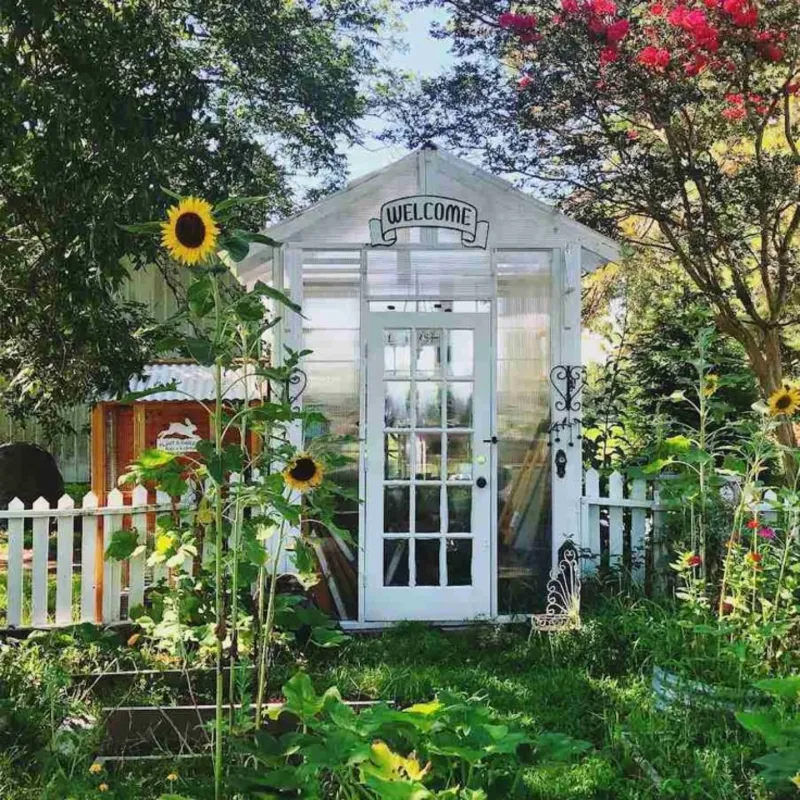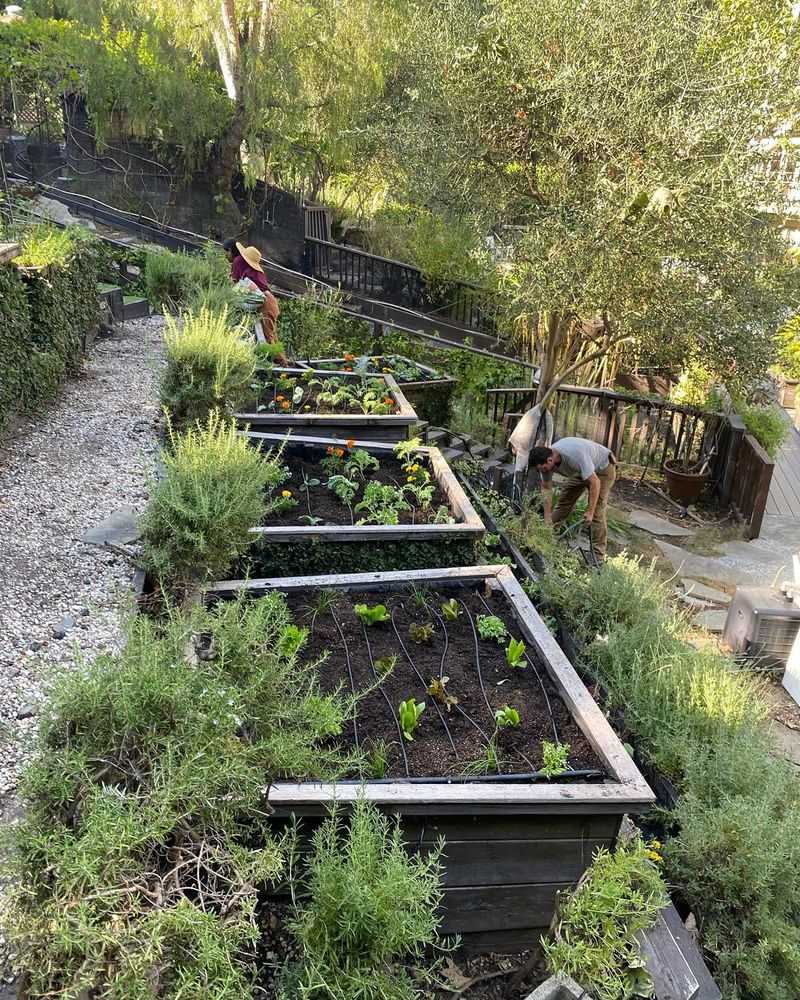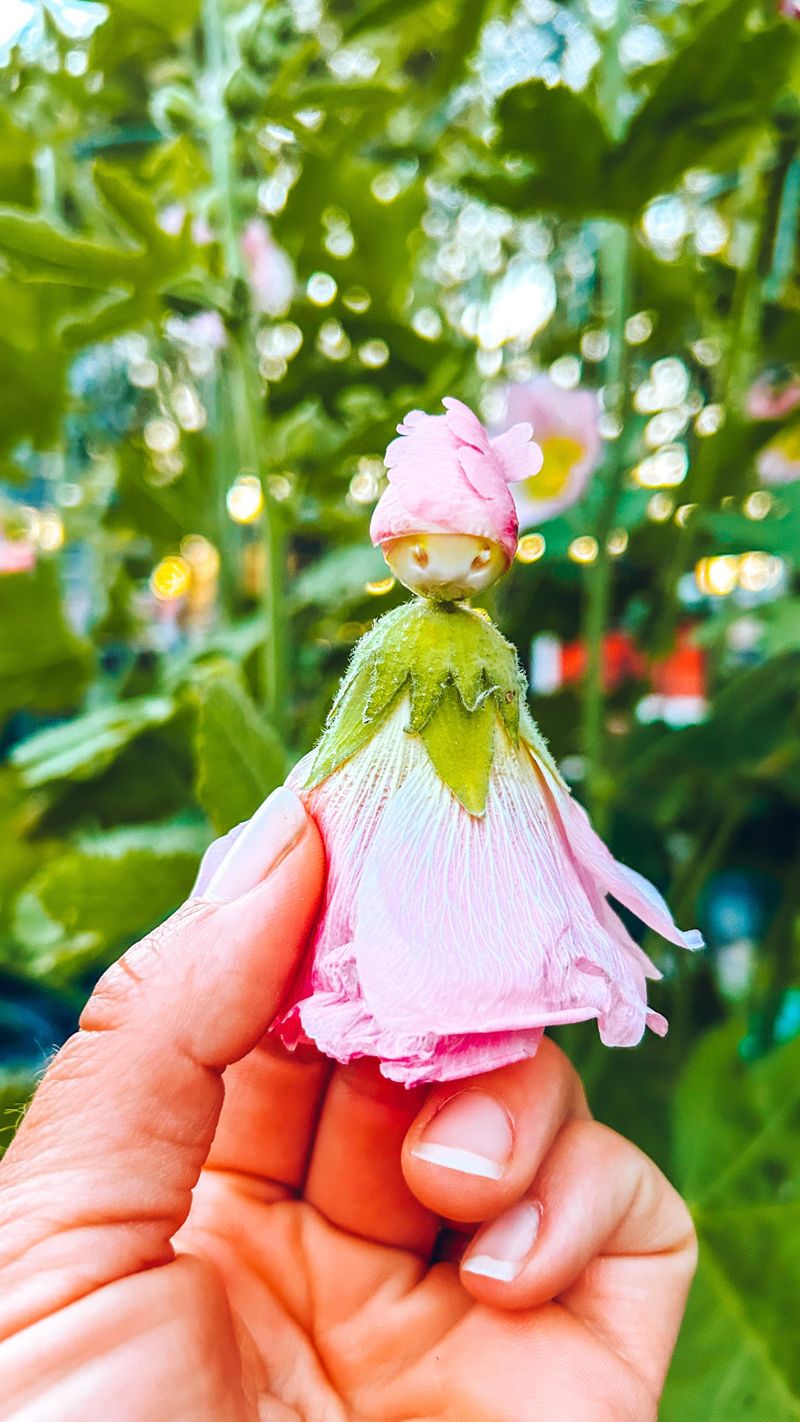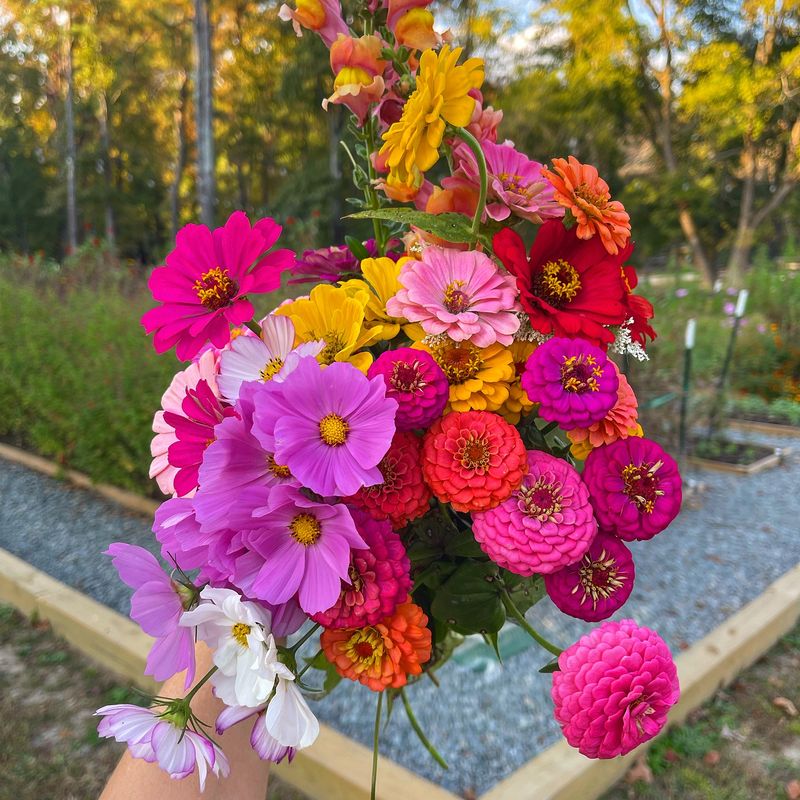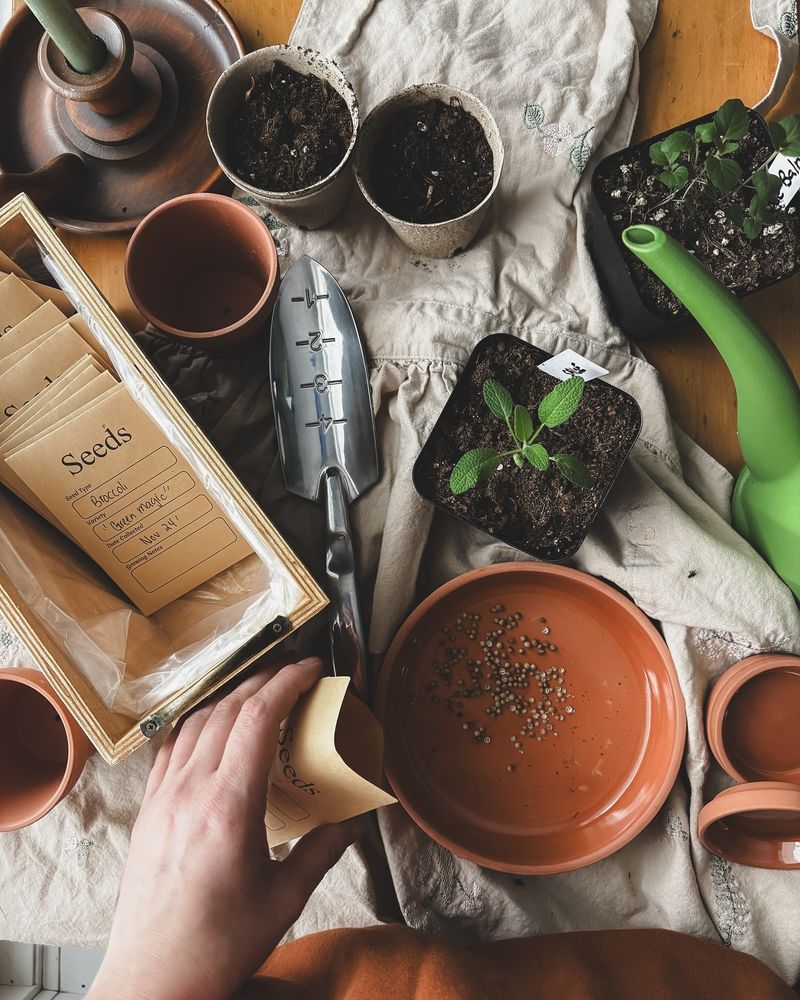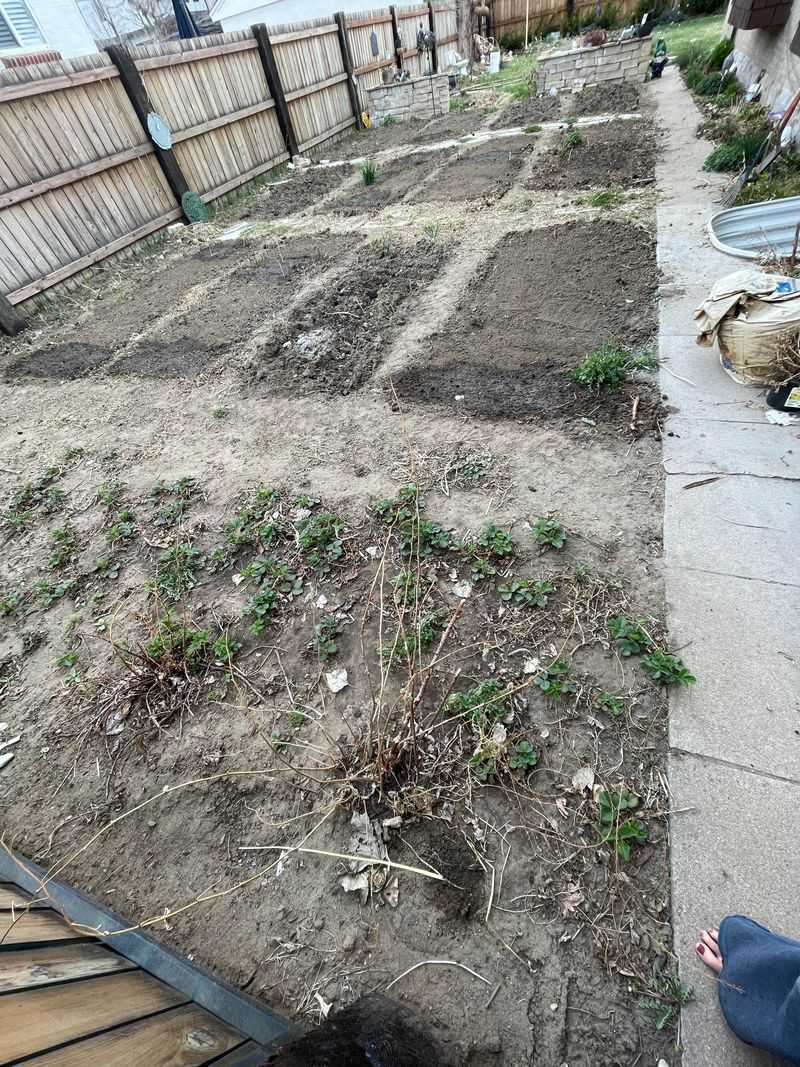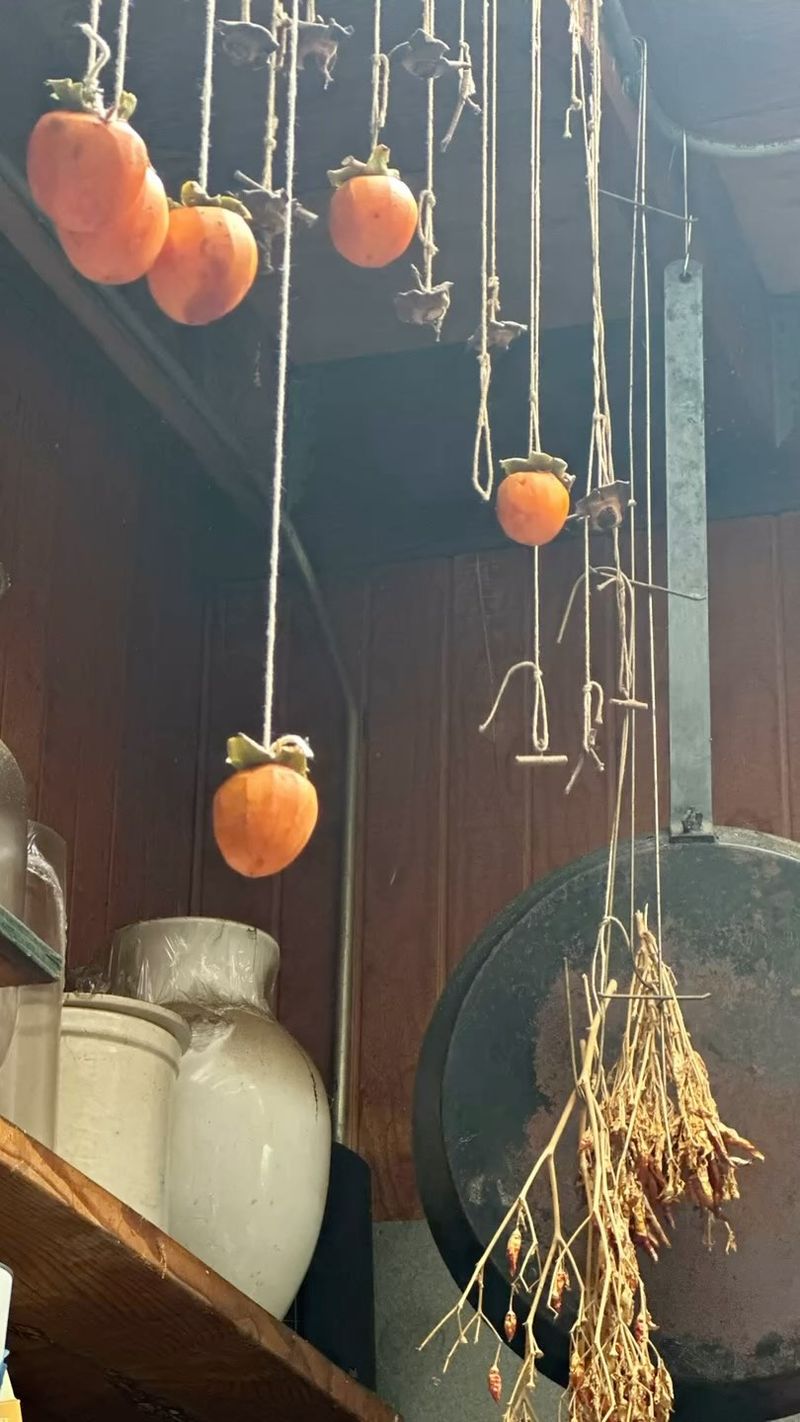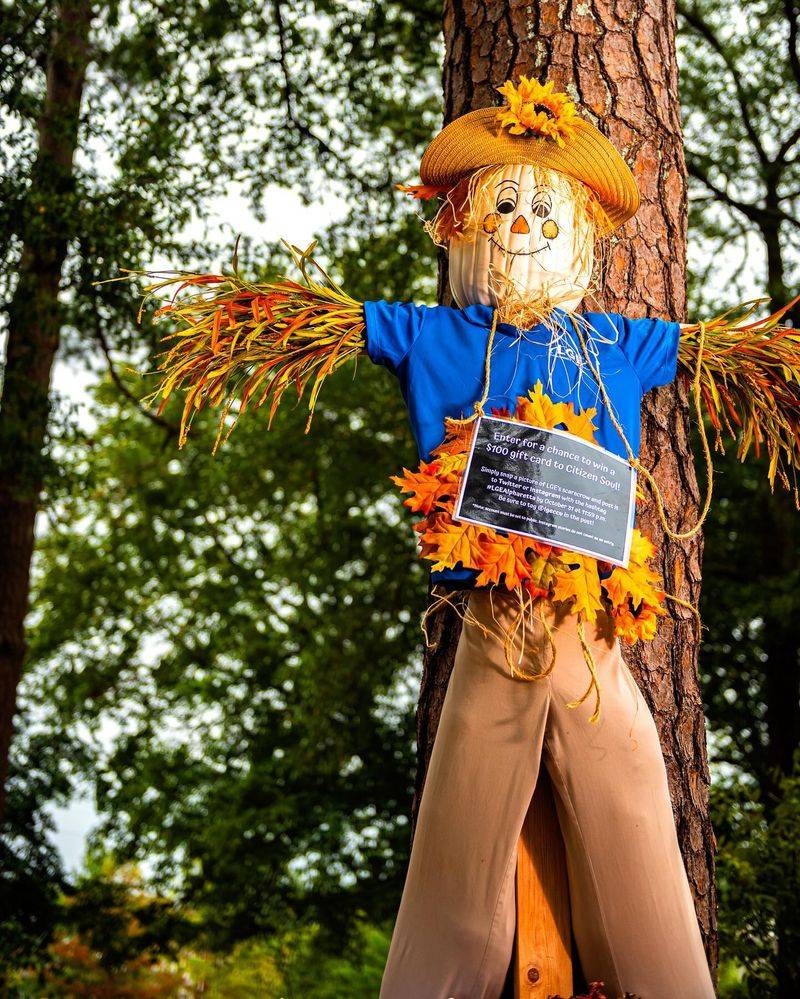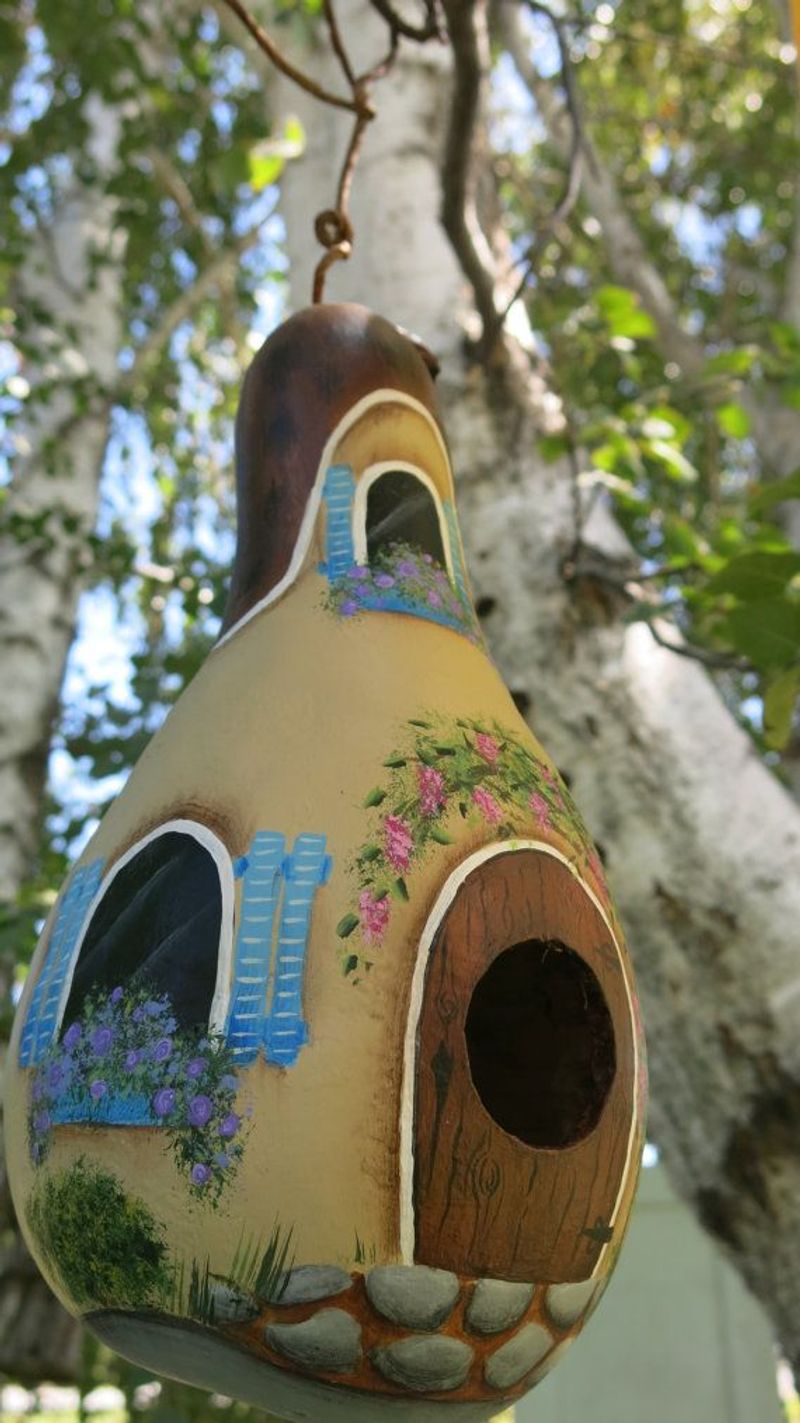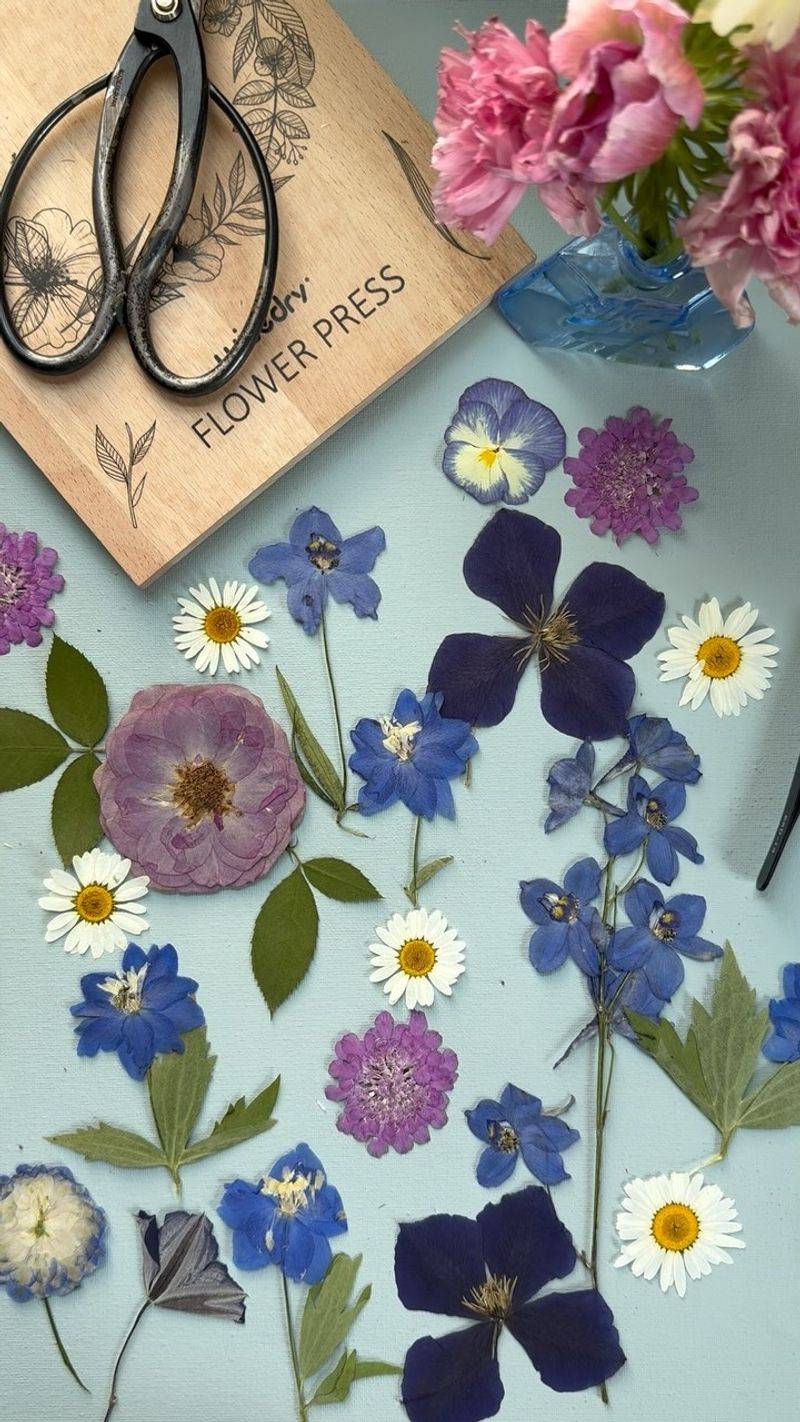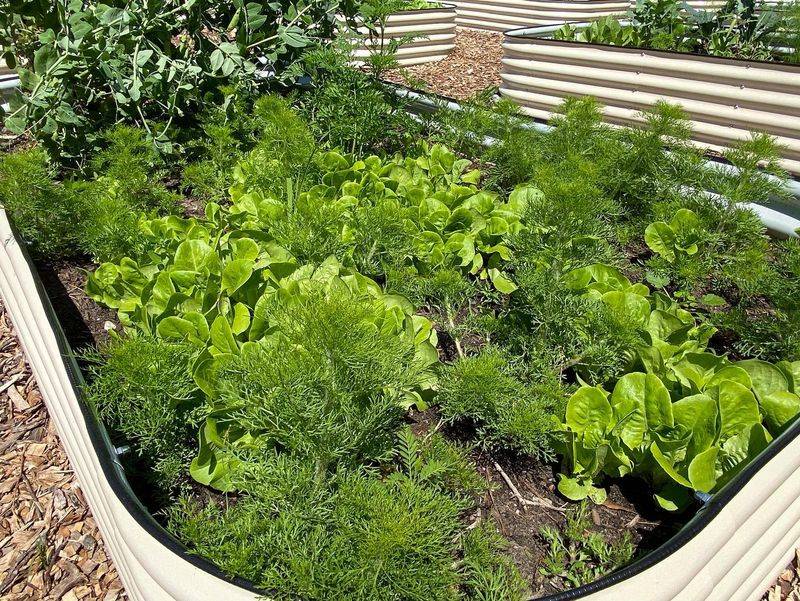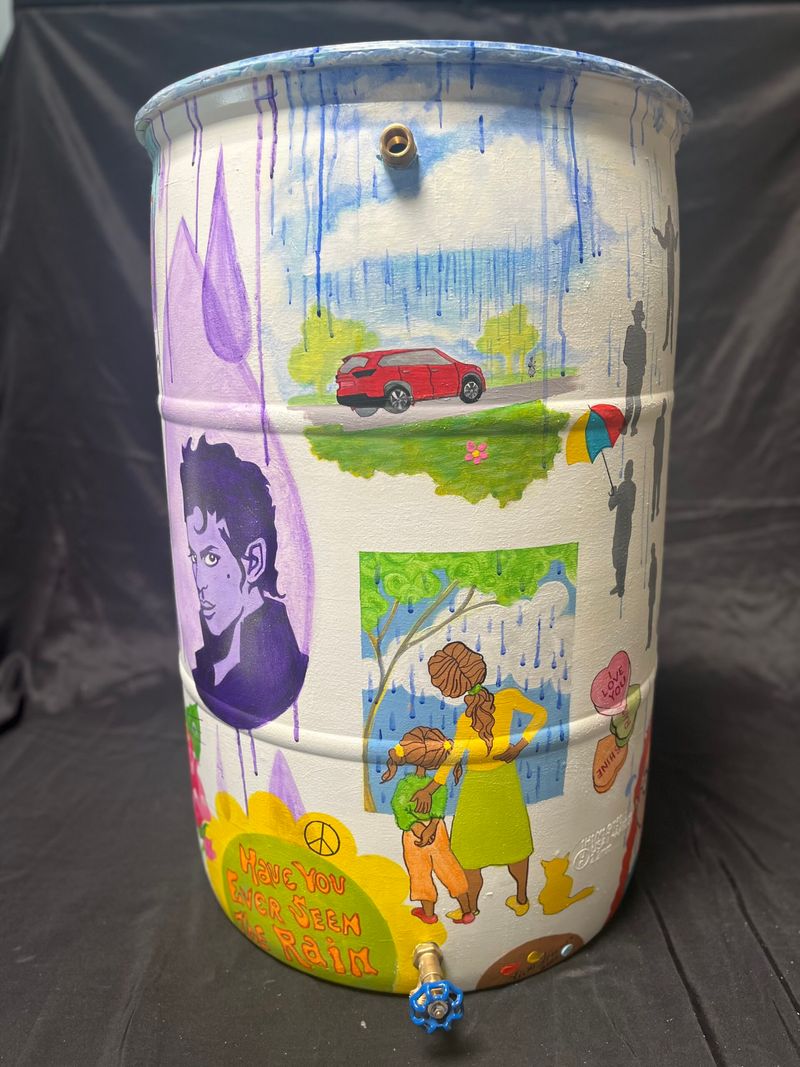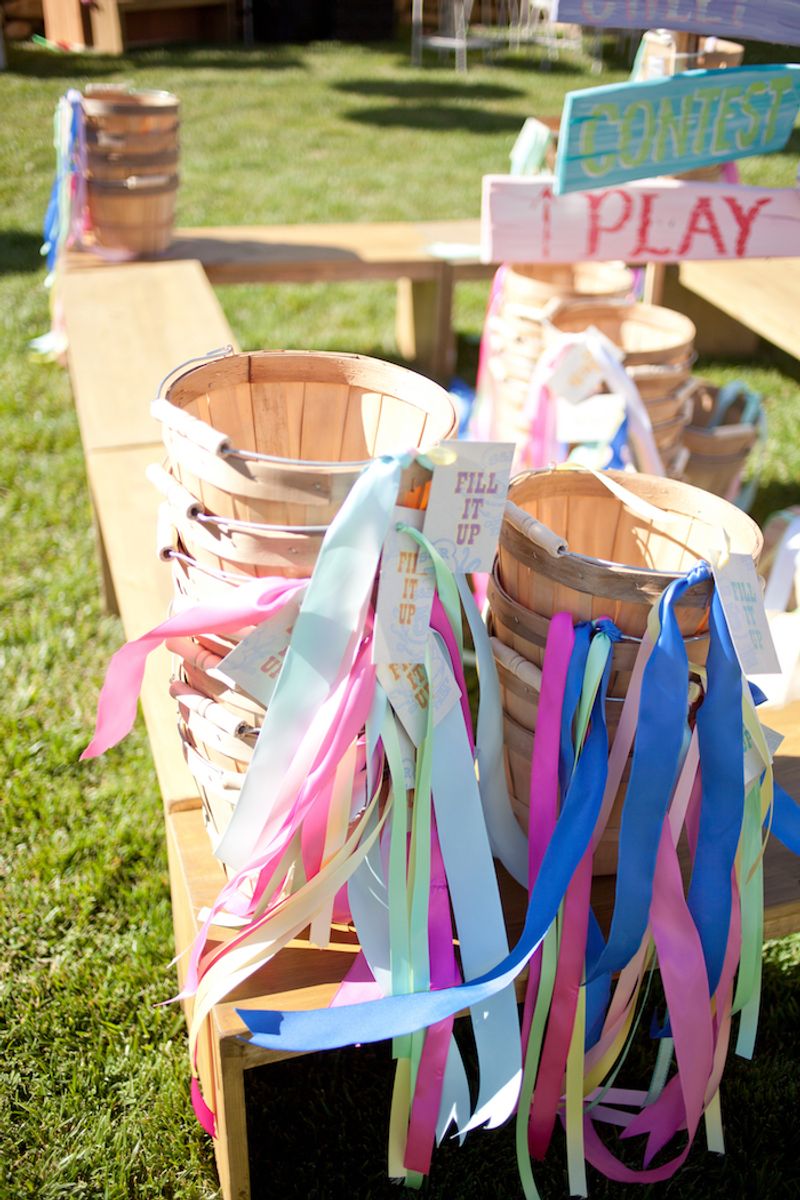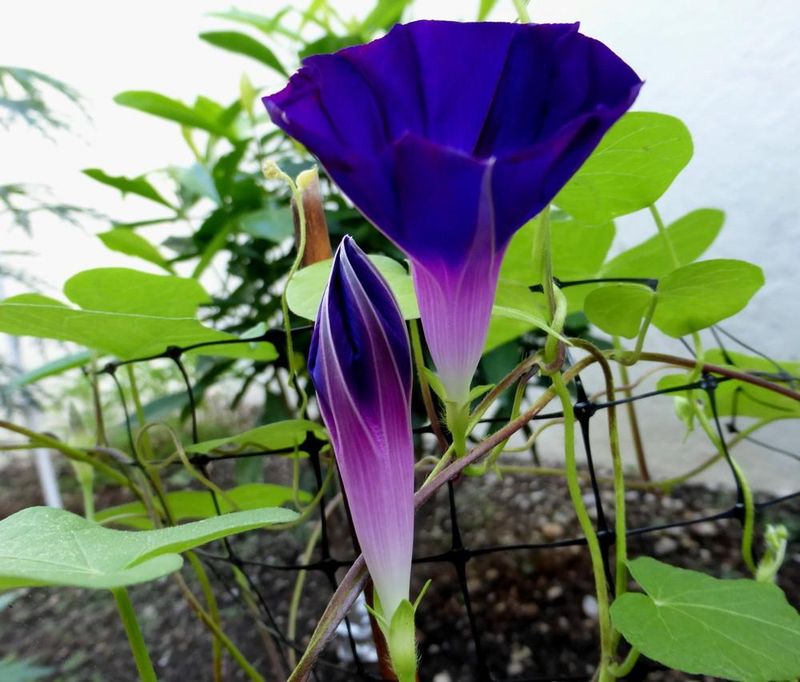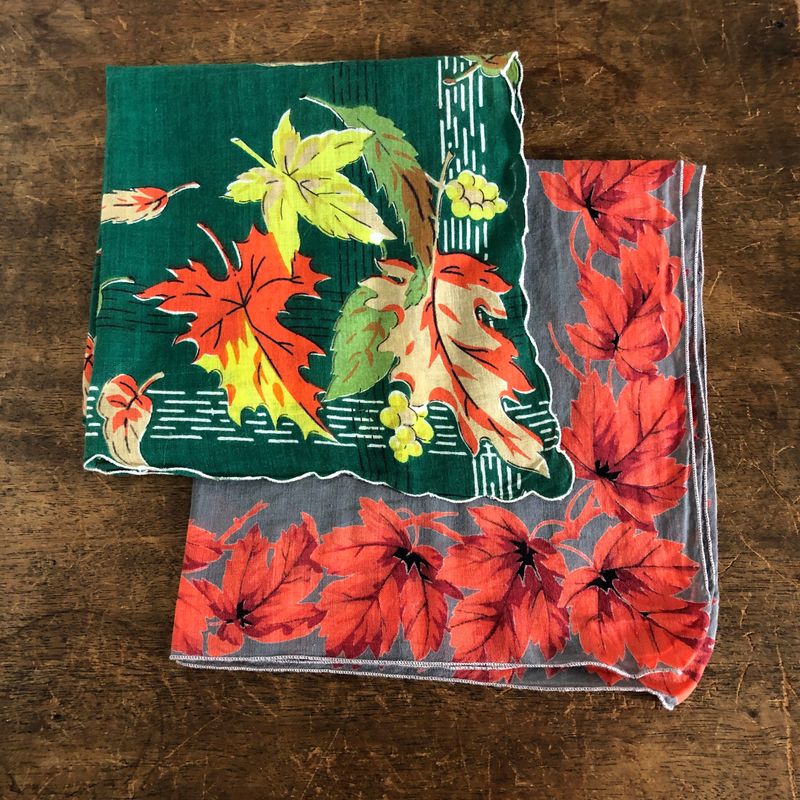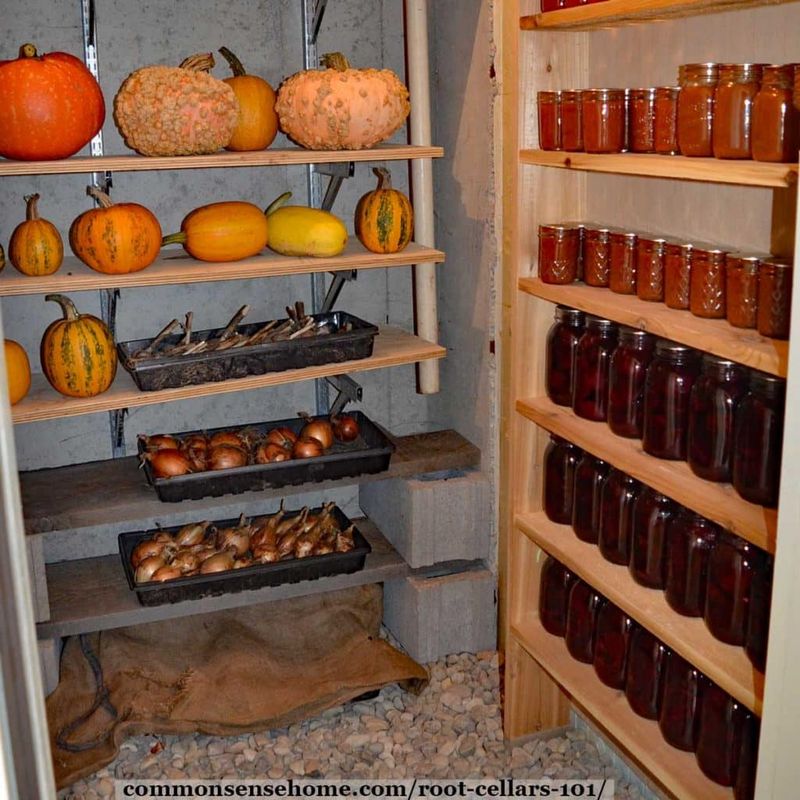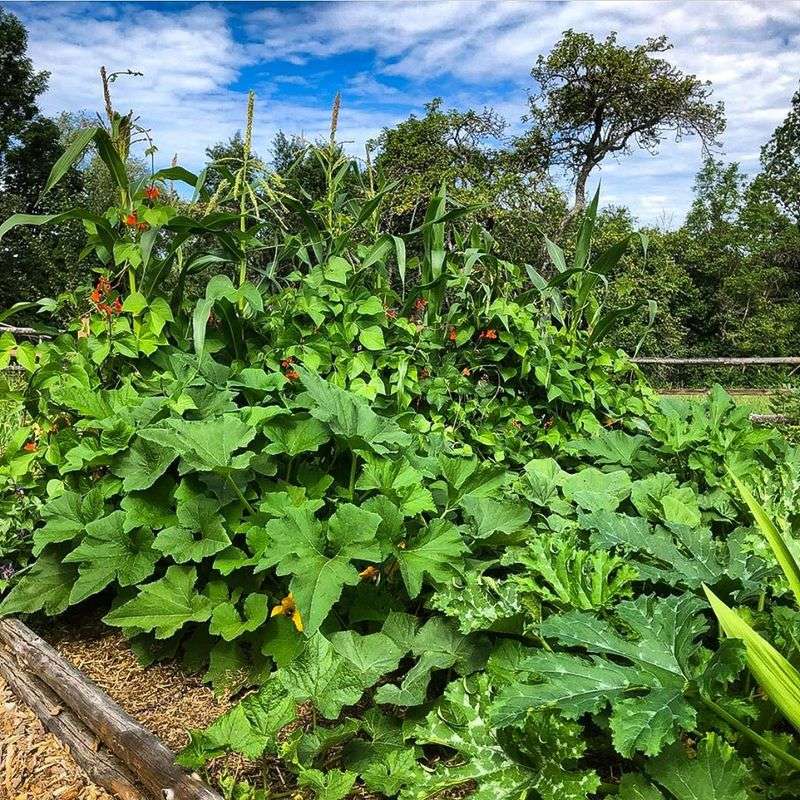Remember when gardening wasn’t just a hobby but a way of life? Those days of helping grandma pick fresh veggies or watching grandpa plant his prize roses created memories that stick with us forever. Bringing back those old-school gardening practices isn’t just fun—it connects us to simpler times and teaches kids where food really comes from.
1. Sunflower House Hideaway
Planting tall sunflowers in a circle creates a magical hideaway that children adore. My grandmother showed me how to make one when I was just seven years old.
Leave an opening for a doorway, and as the sunflowers grow taller throughout summer, they’ll create walls for a natural playhouse. The yellow blooms tower overhead by August, creating dappled shade and a secret spot for afternoon reading or pretend play.
The bonus? Birds love the seeds when fall arrives!
2. Victory Garden Revival
During World War II, families planted victory gardens to supplement rations and boost morale. Reviving this practical tradition connects us to our grandparents’ resilience while producing fresh food.
Start with easy vegetables like tomatoes, beans, and carrots. Plant them in neat rows with handmade signs just like they did in the 1940s. Old photos show how organized these gardens were, with every inch used wisely.
Involve the whole family in planning, planting, and harvesting—just like generations before us did.
3. Hollyhock Doll Making
Long before plastic toys dominated playrooms, children created charming hollyhock dolls from garden flowers. The unopened buds form perfect heads, while the open blooms create beautiful ballgown skirts.
Growing these tall, colorful flowers along fences brings this forgotten craft back to life. Hollyhocks are biennial, meaning they’ll bloom in their second year, so patience is part of the lesson.
When flowers appear, show children how to turn them upside down, secure with toothpicks, and add faces with markers for an afternoon of garden-based creativity.
4. Grandmother’s Cutting Garden
Fresh flowers on the kitchen table used to be a daily joy, not a special occasion splurge. Creating a dedicated cutting garden brings back this lovely tradition.
Plant easy-growing flowers like zinnias, cosmos, and snapdragons in a sunny spot. These old-fashioned varieties grow quickly from seed and produce armloads of blooms all summer long.
Keep a special pair of scissors nearby and teach children the morning ritual of selecting a few stems for the breakfast table—a simple pleasure that costs almost nothing but means everything.
5. Bean Teepee Adventure
Bean teepees combine gardening with imagination in the most delightful way. Tall bamboo poles arranged in a circle and tied at the top create the perfect structure for climbing beans to transform into a living playhouse.
Plant scarlet runner beans or pole beans around each pole. Their red flowers attract hummingbirds while creating a shady retreat as they climb higher. Leave one section open as a doorway.
By midsummer, children can sit inside their bean fort, surrounded by flickering light and the gentle rustling of leaves—a screen-free entertainment center straight from yesteryear.
6. Grandpa’s Seed Saving Station
Before seed catalogs arrived in mailboxes each January, gardeners carefully saved seeds from their best plants. Setting up a seed saving station honors this thrifty tradition.
Start with easy vegetables like tomatoes and beans. Let some fruits fully ripen on the vine, then collect, clean, and dry the seeds on labeled paper plates. Small envelopes make perfect storage containers for winter.
Create a special box or drawer for your seed collection, complete with handwritten notes about which varieties performed best—wisdom to pass down through generations just like our grandparents did.
7. Moon Phase Planting Calendar
Farmers and gardeners once relied exclusively on lunar cycles for planting guidance. Reviving this ancient practice connects modern gardening to centuries of agricultural wisdom.
Create a simple moon phase calendar marking when to plant root crops (during waning moon) and above-ground crops (during waxing moon). Tracking results in a garden journal adds to the experience.
Even skeptics enjoy the rhythm this method brings to garden planning. Plus, evening moon-watching sessions become a natural part of your routine, slowing down our too-fast modern lives.
8. Clothesline Herb Drying
Bundles of herbs hanging from the kitchen ceiling was once a common sight in grandma’s house. This practical preservation method doubles as beautiful decoration.
Harvest herbs like lavender, thyme, and sage in mid-morning after dew has dried but before the hot sun depletes their essential oils. Gather stems with twine and hang upside down from a clothesline or wooden rack.
The gentle fragrance fills the air as they dry, creating multi-sensory memories for children. Once completely dry, store in glass jars with handwritten labels—practical beauty that grocery store herbs can’t match.
9. Old-Fashioned Scarecrow Building
Before plastic owl decoys and shiny ribbons, gardens were protected by handmade scarecrows with personality. Building one together creates instant memories while serving a practical purpose.
Use worn-out clothes stuffed with straw or old pillows. A pillowcase head with button eyes and yarn hair completes the friendly guardian. Give your scarecrow a name and story—children love this part!
Position your creation among the vegetables, and watch birds approach cautiously. Refresh its outfit seasonally to keep birds guessing and the garden looking festive all year.
10. Gourd Birdhouse Village
Native Americans taught early settlers how to grow and dry gourds for household use. Growing birdhouse gourds creates a summer-long project with winter crafting potential.
Plant seeds after frost danger passes, providing strong support as vines grow. By fall, the green gourds turn tan and begin to dry. Bring them indoors to finish drying over winter.
February is perfect for drilling entrance holes, emptying seeds, and painting designs. Hang your gourd village before spring migration, and watch birds discover their new homes—connecting past traditions with future bird families.
11. Grandma’s Flower Pressing Station
Before photography, pressed flowers preserved garden memories through seasons. Creating a pressing station brings this gentle art back to life.
Collect blooms at their peak—violets, pansies, and small roses work beautifully. Place them between absorbent paper in heavy books or a wooden press made from two boards and wing nuts.
After several weeks, arrange dried specimens in frames or handmade cards. The delicate, preserved colors connect us to Victorian-era gardeners who documented their botanical treasures this way long before digital garden photos existed.
12. Dinner Bell Garden Marker
Farm families once used dinner bells to call workers in from distant fields. Mounting a vintage bell in your garden creates both nostalgia and practical functionality.
Find an old school bell or farm dinner bell at antique stores or online. Mount it on a wooden post at the garden entrance, where its cheerful ring can signal garden gatherings or mealtime.
Children especially love being given bell-ringing privileges. The sound carries across modern neighborhoods just as it did across farmlands generations ago—a connection to simpler communication before cell phones.
13. Stone Soup Garden Plot
The classic folktale “Stone Soup” teaches cooperation and sharing. Creating a garden plot based on this story brings literature to life while growing community connections.
Designate a special raised bed where each family member or neighbor contributes one vegetable variety. Place a smooth stone in the center as the symbolic heart of the garden.
As harvest time approaches, plan a stone soup gathering where everyone helps prepare a big pot of soup using the garden’s bounty—turning vegetables into both food and fellowship, just as our ancestors did.
14. Rain Barrel Painting Party
Before municipal water systems, rain barrels collected precious water for gardens. Reviving this practice combines water conservation with artistic expression.
Install a food-grade barrel under a downspout, then gather friends for a painting party. Folk art patterns, garden scenes, or children’s handprints transform utilitarian barrels into garden focal points.
The collected rainwater is perfect for seedlings and houseplants since it lacks the chemicals found in tap water. Grandparents often recall the distinctive sound of rain drumming on their family’s collection barrels—a memory worth recreating.
15. County Fair Garden Ribbon Display
Rural communities once centered around county fair competitions where gardeners showcased their best produce. Creating a ribbon display board revives this proud tradition.
Dedicate a garden shed wall or fence section for displaying ribbons won at modern county fairs. If your area lacks competitions, create your own family categories—largest tomato, strangest carrot, or prettiest flower arrangement.
Make homemade ribbons with colorful paper and twine. The friendly competition encourages garden excellence while connecting to agricultural heritage when blue ribbons were coveted neighborhood bragging rights.
16. Morning Glory Tepee
Victorian gardens often featured morning glory-covered structures where children could play. The trumpet-shaped flowers opening fresh each dawn created daily wonder before digital entertainment existed.
Construct a simple tepee from bamboo poles or branches, leaving an entrance gap. Plant fast-growing morning glory seeds around the base in late spring.
By midsummer, vines climb eagerly, creating a living playhouse draped in blue, purple, and pink blooms each morning. The flowers close by afternoon—a natural lesson in appreciating beauty while it lasts.
17. Handkerchief Garden Markers
Before plastic plant markers, gardeners often used unexpected items to identify rows. Vintage handkerchiefs tied to stakes create charming, reusable garden markers with old-fashioned appeal.
Collect cotton handkerchiefs from thrift stores or family collections. Write plant names with permanent markers, or embroider them for heirloom-quality labels. Tie securely to wooden stakes at row ends.
The handkerchiefs flutter gently in the breeze, adding movement and color to the garden. After harvest, wash and store them with garden supplies—practical beauty that improves with age, unlike disposable plastic markers.
18. Buttonhole Bouquet Station
Gentlemen once wore fresh flowers in their lapels daily—a charming custom worth reviving. Creating a dedicated cutting area for small blooms brings this elegant practice back.
Plant traditional buttonhole flowers like pansies, small roses, and forget-me-nots in an easily accessible spot. Keep small scissors and thin ribbon nearby in a weatherproof container.
Morning garden walks become more purposeful when gathering tiny bouquets for jacket lapels or pinning a bloom to a child’s backpack. This simple practice connects us to a time when nature’s beauty was incorporated into daily dress.
19. Root Cellar Revival Corner
Before refrigeration, root cellars kept harvests fresh through winter. Creating a modern version preserves both food and tradition.
Designate a cool, dark basement corner or build a straw-insulated garden box partially buried in the ground. Add wooden crates for storing potatoes, onions, and root vegetables.
Label each container with chalk signs, just like great-grandparents did. The earthy smell of stored vegetables connects us to agricultural rhythms our ancestors understood intimately—seasons of planting, harvesting, and preserving nature’s bounty for leaner months.
20. Three Sisters Garden Plot
Native Americans taught European settlers the ingenious Three Sisters method—planting corn, beans, and squash together for mutual benefit. Recreating this planting technique connects modern gardeners to ancient wisdom.
Form soil into small mounds spaced four feet apart. Plant corn in the center, followed by pole beans when corn reaches six inches tall. The beans climb the corn while fixing nitrogen in soil.
Add squash between mounds last—its sprawling leaves shade soil and deter raccoons with prickly stems. This companion planting creates garden magic while honoring indigenous agricultural knowledge passed through countless generations.

